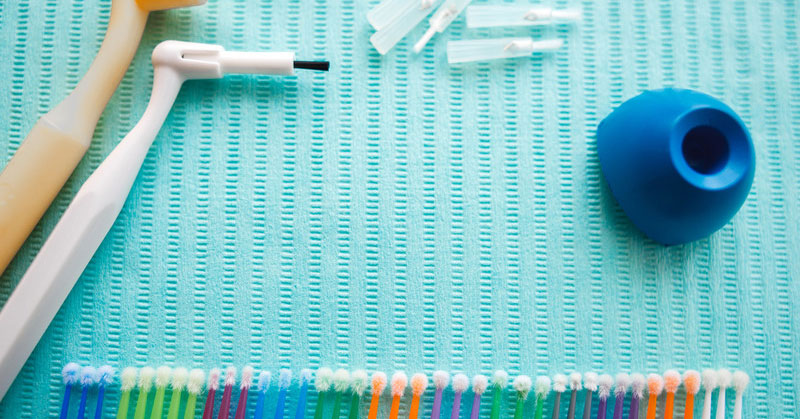One very effective way to protect teeth from decay, as well as to repair minor dental issues, is a dental sealant. Put simply, a sealant is an extremely thin layer of protective plastic that is applied directly over the surface of a person’s natural teeth. Sealants are used on all ages of dental patients. In fact, many dentists recommend them for children’s baby teeth as a means of guarding against tooth decay that can lead to costly restorative dental procedures. Although sealants can be applied on any teeth inside a person’s mouth, they are most commonly used on molars that are located in the back of the mouth since they are more prone to decay.
The process involved in having a sealant applied is remarkably fast, simple, and virtually painless. In fact, sealants can be applied in a single visit to the dentist’s office.
- The first step involves preparing the natural tooth surface for the sealant, which includes thoroughly cleaning the surface to ensure that all trapped food particles are removed.
- The next step is to completely dry the surface of the tooth to ensure that the resin-based sealant is able to completely bond to the tooth surface. After the tooth surface is dry, your dentist will often surround the tooth with cotton to prevent saliva from dripping onto the tooth surface.
- Some dentists will next apply an etching material that will create a slightly rough surface on the dry tooth. This is done because the sealant material will bond more effectively if the surface of the tooth is somewhat rough. If an etching material is used, the next step involves rinsing off the etching material and drying off the tooth surface once again, followed by surrounding the teeth with fresh, dry cotton rolls.
- Finally, your dentist will apply the dental seal to the tooth surface. Depending on the type of sealant used, the material will either dry on its own, or your dentist may use a specially designed light to speed up the drying process.
Sealants are not only an effective way to protect teeth; they are also an extremely strong material. A dental sealant often lasts for 4 to 7 years before it has to be replaced, although sealant can last as long as 10 years depending on the patient’s habits. While sealants do protect teeth, it’s important to remember that sealant material can be damaged or stained in much the same way as a person’s natural teeth. Talk to your dentist to find out more about dental sealants.



6 Comments
Your point of view caught my eye and was very interesting. Thanks. I have a question for you.
Your point of view caught my eye and was very interesting. Thanks. I have a question for you.
Your point of view caught my eye and was very interesting. Thanks. I have a question for you.
I don’t think the title of your article matches the content lol. Just kidding, mainly because I had some doubts after reading the article.
Thank you for your sharing. I am worried that I lack creative ideas. It is your article that makes me full of hope. Thank you. But, I have a question, can you help me?
I don’t think the title of your article matches the content lol. Just kidding, mainly because I had some doubts after reading the article.